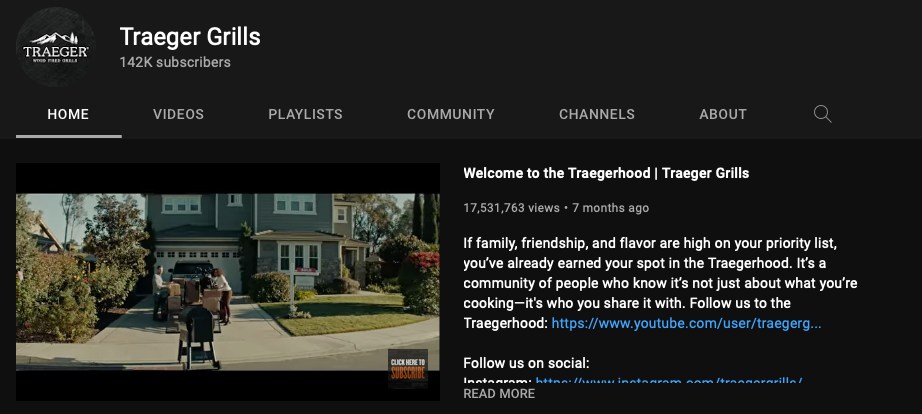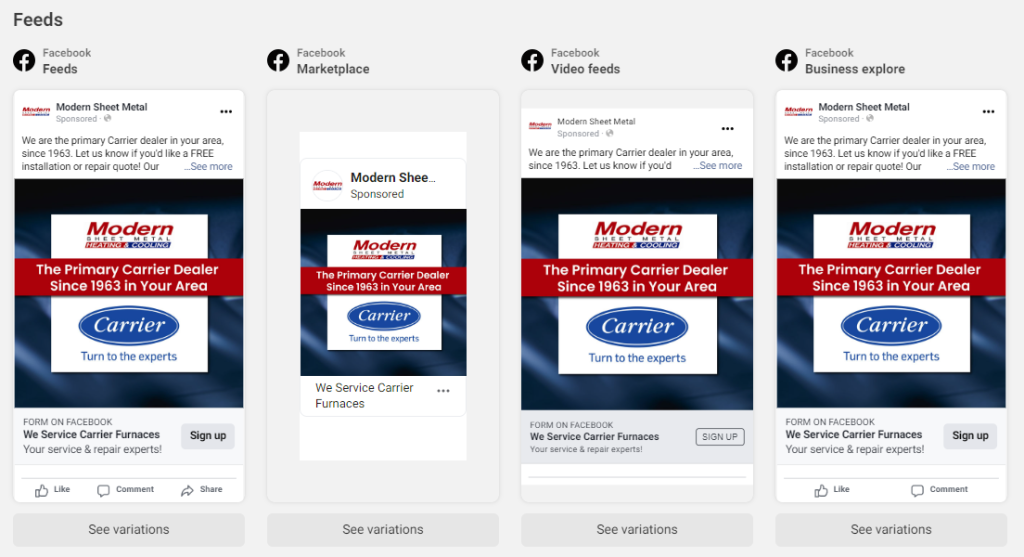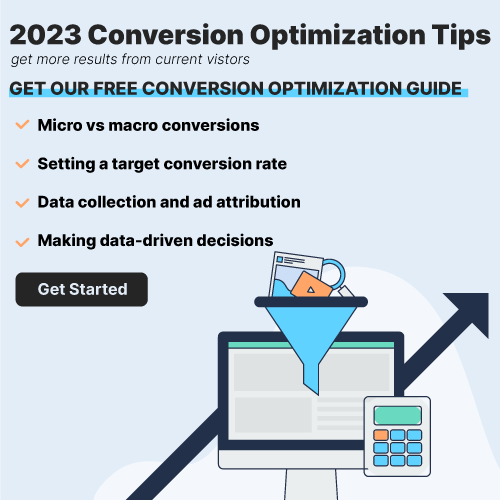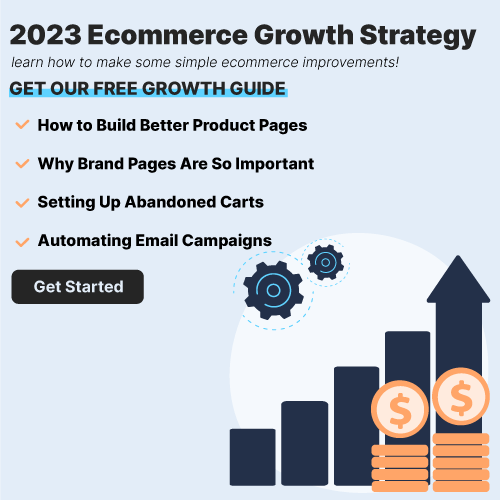This article will guide you through a range of lead generation tactics to bring new customers to your ecommerce business and capture their contact information. By the end, you should be able to generate high-quality, targeted leads for your storefront.
What is Lead Generation in Ecommerce?
Lead generation is the process of identifying and targeting potential customers for your products or services.
In the context of ecommerce, lead generation often refers to attracting & capturing contact information from visitors on your website.
There are many techniques and strategies that ecommerce businesses can use to generate leads, including:
- Offering a newsletter or other email subscription that hints at future discounts
- Running social media campaigns or promotions to bring awareness
- Creating and sharing informative, valuable content (such as blog posts or videos)
- Running paid advertising campaigns (such as Google Ads or social media ads)
- Offering free trials or demos of products or services, perhaps even a video demonstration if applicable
- Using lead magnets (such as ebooks, webinars, guides, or free tools) to entice visitors to provide contact information
The goal of lead generation is to build a list of qualified leads that can be marketed to at a later date.
Ecommerce Lead Generation Strategies *
1.) Search Engine Optimization (SEO)
Just like every other business, ecommerce companies should focus on improving their SEO rankings. Organic search is still the best source of organic traffic for most sites and it won’t be going anywhere anytime soon.
But what exactly is SEO?
SEO is the process of optimizing a website to rank higher in search engine results. The main goal of SEO is to increase web traffic from search engines, which can result in more leads and sales for your business. There are many factors that go into SEO, including the keywords you target, the content on your website, and how well your site is optimized for mobile.
The first thing you should do is conduct keyword research and pick the keywords that have both high search volume and low competition. This will ensure that your site ranks higher in organic search results, which drives more traffic to your website. The next step is creating better content that targets these keywords.
This can be done by using the right keyword density, including them in your titles and meta descriptions, and adding images and videos that contain your target keywords. You should also make sure your website is properly optimized for mobile devices, as this is now a major factor in SEO.
SEO is a long-term investment, so you should start working on your rankings today. There are many things you can do to improve them, but the most important ones are:
- Creating high-quality content
- Optimizing your on-site SEO
- Proper site structure
- Internal link building
- Optimizing your site for speed and usability
- Building backlinks from authoritative sites
2.) Content marketing
This marketing technique involves publishing relevant and valuable content to attract, engage, and retain a clearly defined audience. Content generates traffic to your site, which in turn generates leads.
Content marketing is more than just the written word. In fact, a great content marketing strategy uses videos too. Visual content is more engaging than text or slideshows, and they offer a variety of ways to communicate with customers on product demonstrations, tutorials, customer testimonials, and more.

3.) Pay per click marketing (PPC)
When you do a search on Google and an ad for a product pops up, this is called pay-per-click marketing. If you do it right, you can bring extremely targeted traffic to your product/service pages.
However, you can easily burn your whole marketing budget if you don’t know what you’re doing. In order to avoid paying too much per click, it’s important that the ads are properly optimized, which means they only appear when someone is actually looking for what you offer.

4.) Social media marketing (SMM)
Social Media Marketing (SMM) is a form of online marketing that involves promoting and selling to people who are on social networks, like Facebook, Twitter, YouTube etc. A successful SMM campaign will boost brand awareness and increase engagement with customers by providing them with content that is both timely and relevant.
It’s important to know who your customer is and what platform they spend their time on. For example, TikTok may be the best platform if your customer is a teen, but Facebook may be better for targeting older audiences in specific niches.
Many use social media sites as platforms for content promotion and shareable links. You can also try Facebook ads, which are usually cheaper than Google ads, while also allowing for better targeting.

5.) Conversion rate optimization (CRO)
Conversion Rate Optimization is the process of improving site design to increase the proportion of visitors who convert or perform an action, such as purchasing a product.
CRO is important for any business with an online presence. By optimizing your website to be as user-friendly and intuitive as possible, you will lead more people through the conversion funnel that may have otherwise been deterred by a less inviting site design. Common CRO tactics include A/B testing, multivariate testing, and personalization.
6.) Email marketing
This is another great avenue for acquiring leads in order to gain new customers. The easiest way to do this is by setting up email marketing software, such as Mailchimp or AWeber.
This will mean that when someone signs up to your mailing list, they can automatically receive offers from your company over time, which should then see them convert into a customer if properly nurtured.
A great email marketing tactic is to lure in subscribers by offering a freebie or “deal of the day” to entice them into signing up for your email list.
You should also consider using an incentive system with reward points that can be redeemed as discounts on future purchases, which will encourage more loyalty and higher conversions over time.
The more personal and targeted your emails are in content and design, the better they will be received by the recipients.
7.) Create an email referral program
Another great way to generate leads is through email referral programs. This involves asking current customers to refer their friends and family members to your business.
The best part about email referral programs is that they are easy to set up and can be very effective in generating new leads. You simply need to create a landing page where people can sign up for your program and then ask current customers to send their friends and family members there.
You can also incentivize people to refer your business by offering them discounts or rewards for every new customer they refer. This helps increase the number of leads you generate, while also building a database of potential customers.
8.) Events
One of the best ways of generating customers is to meet them in person. Attending events where your target market is present and speaking to them about the benefits of purchasing from you can be a great way to get more eyes on your business.
Events are also an excellent place for networking, which will help put you in touch with other businesses that may want to trade links or advertise together.
You can also consider hosting your own virtual events, which are a great way of attracting customers who might not be able to attend in person. This also provides an opportunity for people in different countries around the world to get involved.

9.) Start a podcast
Podcasts are all the rave right now – and we can understand why. By taking the time to create a podcast, you can connect with customers who might not have otherwise known about you. This is because podcasts are increasingly popular and if someone stumbles across one of your recordings, it may then lead them to find out more about what you offer.
10.) Use offline marketing
Offline marketing also provides opportunities to generate leads for ecommerce stores! Not everything needs to be done online…
You can use leaflets, brochures, and other offline marketing materials to generate awareness of your products or services. Getting into events and local shows is another great way to get more visibility for your brand.
You can use these events to take advantage of meeting potential customers face to face – Ask them questions about how they feel about your product/service, if there’s anything you could do better, and who they typically buy from.
11.) Make your website user-friendly
Your ecommerce store might have the best content, but if your website is not user-friendly, then you won’t be able to generate leads.
The main goal of web design should always be ease of use and convenience for the end-users. You need to make sure that people can easily find what they are looking for on your site through your product pages, navigation menu, and search bar.
You should also make sure that your website is mobile-friendly so people can access it on the go. This means creating a responsive design for all devices to ensure an optimal viewing experience across different platforms. You should also optimize images by compressing them without compromising their quality or size. Finally, you should use clear and concise text so people can easily understand what they are reading.
If you can make your website easy to use and navigate, then you’ll be able to generate more leads from potential customers.
12.) Run print marketing
Despite what you may have heard, print isn’t dead yet! In fact, there are a number of marketing tactics that you can use with your printed materials to help build up more customer interest.
Printing some marketing material and putting it in places where your customers are is a great way to generate more leads. This might include posters at bus stops or handing out leaflets on busy streets.
13.) Set up affiliate marketing
Affiliate marketing is when someone promotes your product and receives commissions for any sales or leads generated. This is a great marketing tactic because the person promoting your products is doing all the work, so you don’t have to.
There’s also no need for an initial budget, which s wonderful news for those who don’t have a big marketing budget. You can reach out to influencers in your niche and ask them to promote your products for a commission on every lead generated.
14.) Use retargeting
If prospects don’t convert during their first interaction with your brand, keep the faith. Use retargeting to reconnect with audiences who have engaged with your brand but failed to take the next step.
As customers may need to see your brand a few times before they convert, retargeting is a strategic way to continue guiding customers down the purchase funnel.
Final Thoughts on Ecommerce Lead Generation Techniques
In order to acquire new customers for your e-commerce business, you need to have a strong marketing strategy in place!
As shown by all this information, there are many different ways one can successfully market their online store – but no matter what strategy you choose, always remember to be authentic and relevant in order to generate return visitors.


